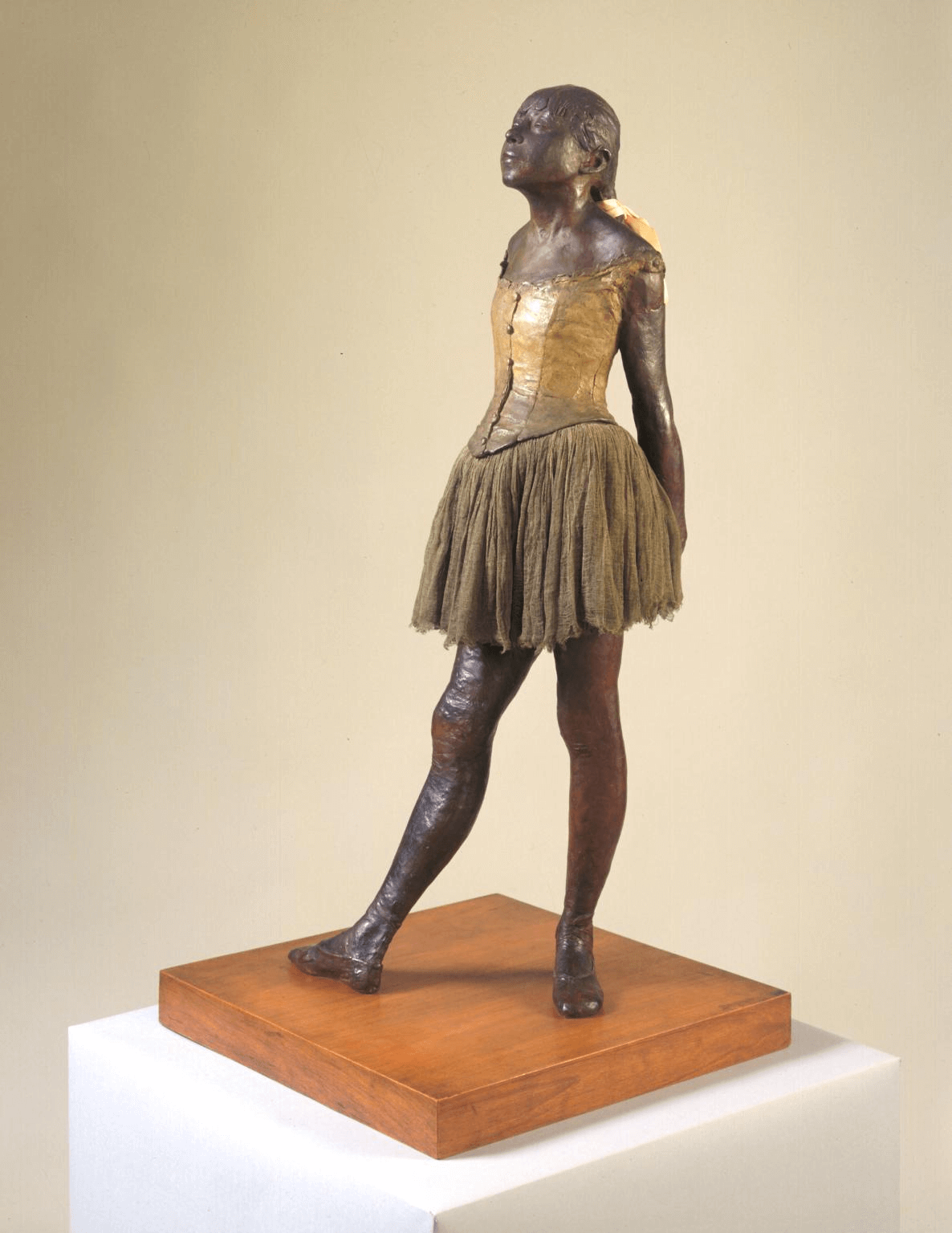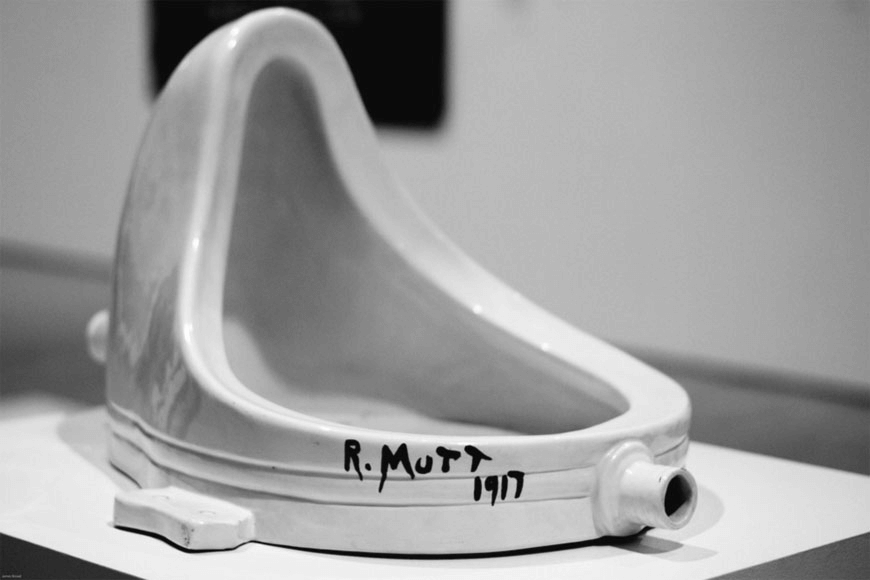What does avant-garde mean? What does it mean for a piece of artwork, a book, or a film to be labeled as avant-garde? We’ll be breaking down the term, exploring what constitutes the movement and why it is important. We’ll also take a look at some important examples of avant-garde art, books, and films. But first, let’s get started with a definition.
What is Avant Garde
Let’s define Avant-garde
If there's one thing consistent in art, it's change. From the first illustrations on cave walls to the latest AI-generated imagery, art is always moving froward. And at the front of that movement for what art is and could be is the Avant-garde movement. For more, check out our index of art styles covering more specific and noteworthy movements.
Let's quickly lay out the Avant-garde definition and what makes this movement so interesting. After that, we'll look at some art and artists that define it.
AVANT-GARDE DEFINITION
What is avant-garde?
Avant-garde is a French term that translates directly to “advance guard,” as in the first people to encounter/experience something new. When applied to a piece of work, the descriptor refers to something that pushes or breaks boundaries, innovates on techniques or aesthetics, or challenges the norm with radical or bizarre ideas and presentation. Avant-garde works are often experimental in nature and are sometimes reviled or condemned upon release for challenging the status quo and being highly provocative in nature. Ultimately, despite criticism, avant-garde works are often considered necessary to break new ground and move the needle in the long run in terms of artistic expression and creative freedom.
Avant Garde Characteristics:
- Applies to art, writing, film, and the artists behind them
- Often reviled upon initial release
- These ideas/works may seem tame in retrospect
This movement is just one of many art terms worth knowing. Refer to our full index of art styles and movements to learn more.
Avant Garde Art
Exploring the avant-garde
A large part of this movement is pushing boundaries and exploring new ideas. Many commonly expressed ideals of the modern age were at one point considered highly controversial. Therefore, the barometer for avant-garde works is constantly shifting.
The avant-garde is closely tied to a battle against censorship such as the restrictions imposed by the Hays Code in the early days of Hollywood. And certain things that were once censored may now be freely expressed thanks in no small part to the movement. A contemporary view often skews or reduces the impact of once radical works of art.
What is avant-garde?
Next we’ll take a look at a few examples of important works across the mediums of traditional artwork, cinema, and literature.
Avant Garde Examples
Avant-garde art examples
The term avant-garde can apply to all manner of creative works but is most commonly linked directly to the traditional arts. So, let’s begin there.

Petite danseuse de quatorze ans by Edgar Degas • Avant garde art movement
The name of this sculpture by Edgar Degas translates as Little Dancer Aged Fourteen. It may seem perfectly innocuous by today’s standards, but it is important to keep the time period in which the work was created in mind.
Degas created this piece back in 1880, a time when this level of realism was far from commonplace and when dancers were viewed alongside prostitutes as low and unworthy subjects. This simple piece was decried as “a threat to society” by art critics of the time.

Fountain by Marcel Duchamp • Avant garde meaning
One century old piece of avant-garde that remains controversial to this day is Fountain by artist Marcel Duchamp which consists of a prefabricated urinal with only the positioning and the writing on the side stemming from the artist’s contribution. People continue to debate whether or not this piece should be classified as art. The piece is not technically a sculpture, since Duchamp did not make the urinal himself.
Instead, Duchamp called Fountain a “readymade,” a term that would be applied to many subsequent works. Duchamp had a background in dadaism, an entire artistic movement that falls under the avant-garde umbrella.
Water Walk by John Cage
This piece of performance art lands squarely on the “unorthodox” side of avant-garde rather than the controversial side. Fluxus was a collective of artists who worked and experimented within a variety of disciplines. Many Fluxus works took the form of performance art, such as this piece titled Water Walk from John Cage, one of the founding members of Fluxus.
For an example of another collective working within the medium of film, you can look to the Dogme 95.
The Marquis de Sade was an all-around controversial figure in his personal life and his creative works. Sade created a number of radical, extreme avant-garde plays, novels, and more throughout the 1700s. He was arrested a number of times, and it was during one of these imprisonments that he wrote some of his most challenging works.
Who was the Marquis de Sade
The 120 Days of Sodom was one of the Marquis de Sade’s most notorious and reviled works and was threatened with permanent destruction by authorities but was also regarded as an important work of literature in certain circles. Pier Paolo Pasolini’s film adaptation of the novel, Salò, or the 120 Days of Sodom, proved no less controversial.
The film was banned in several countries and frequently ranks amongst the most controversial films ever made. Salò wound up being Pasolini’s final film as he was murdered before the film was released.
A link between the film and Pasolini’s murder was suspected and investigated by authorities but never proven.
A beginner’s guide to experimental filmmaking
Experimental filmmaking often overlaps with this movement. Though typically far less controversial than the most extreme avant-garde efforts, experimental films often confound audiences with their bizarre and boundary-pushing presentation and ideation. Experimental films and the avant-garde movement also sometimes share a penchant for the surreal.
UP NEXT
Explore More Styles and Movements
This was just one of many fascinating segments of art history. There are many eras, styles, artists, and movements to discover. Let's continue our study by choosing the next stop on your way to becoming an art aficionado. Below you can visit our Art Styles Index, our Art History Timeline, or choose an individual movement.
Showcase your vision with elegant shot lists and storyboards.
Create robust and customizable shot lists. Upload images to make storyboards and slideshows.
